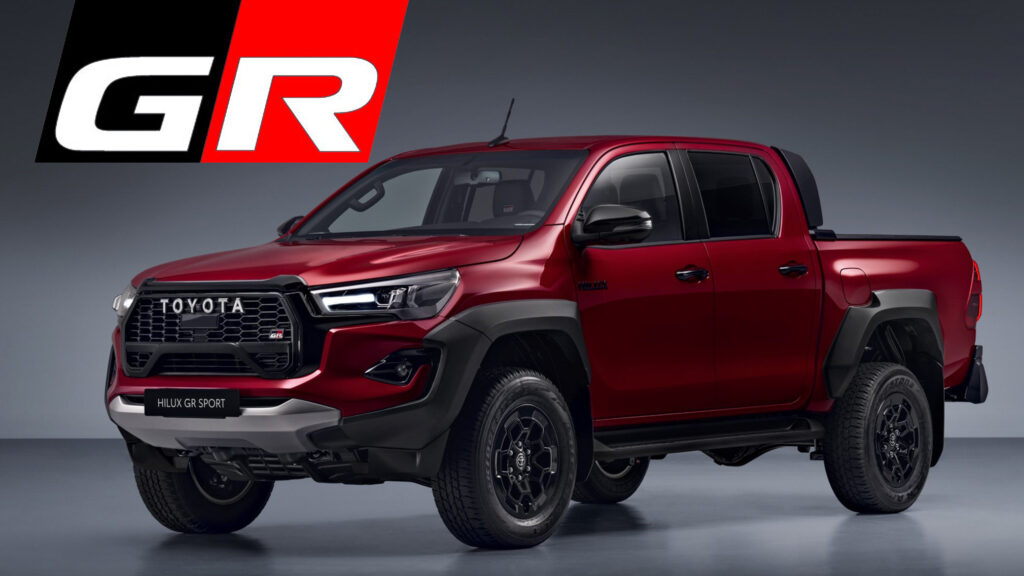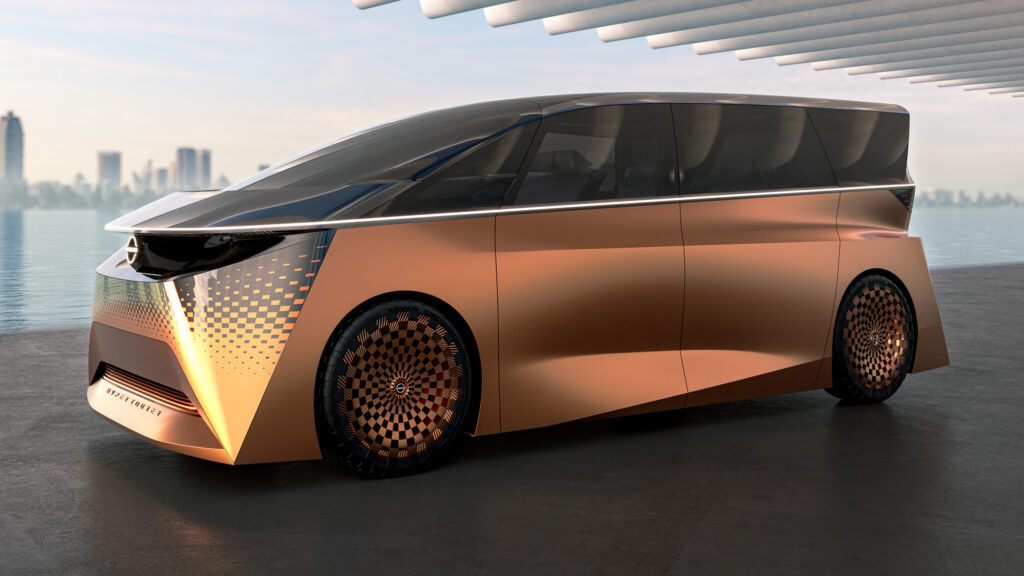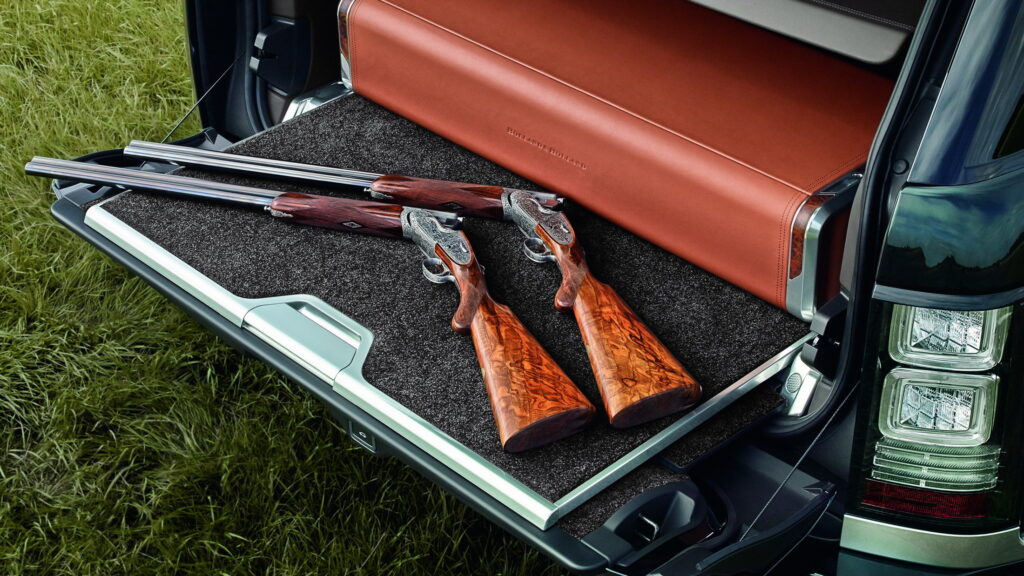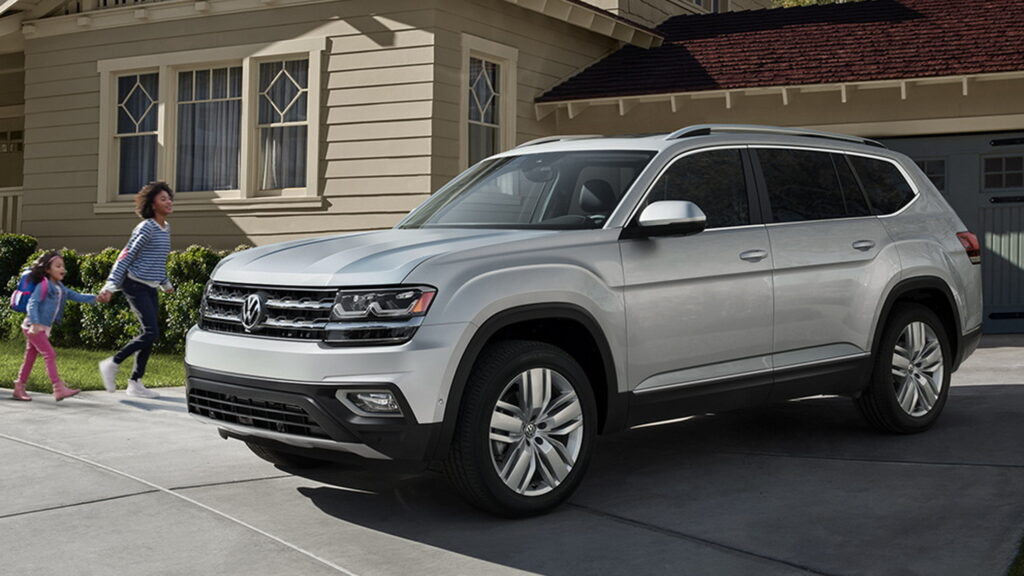The Points Guy
The last day of your cruise is always bittersweet. You have one more incredible day of delicious meals, drinks, pool time and shows, but with packing and other errands to fit in, you know your return to reality is on the horizon.
As stress-free as cruising can generally be, walking off a cruise ship isn’t as straightforward as checking out of a hotel. It’s important to take the last day of your cruise to cover your bases and make sure you’re prepared — check your bill, pack your bags, cash out at the casino, the list goes on.
Plus, most venues and amenities will close up shop by the morning of disembarkation, so your final full day of sailing is truly your last hurrah.
For cruise news, reviews and tips, sign up for TPG’s cruise newsletter.
From the necessary tasks you’ll need to take care of before you disembark to the fun activities we won’t let you forget about, here are 13 things to do on the last day of your cruise.
Confirm your disembarkation group
It’s important to know when you must leave the ship on disembarkation morning, especially if you have a flight to catch. The ship will usually assign debarkation times based on priority status and flight times, or you might be able to request a time frame in the cruise line’s app.
On the last day of your cruise, you’ll receive color-coded tags indicating when your group should disembark from the ship and where to find your luggage on the pier.
If the timing does not work with your post-cruise plans, you’ll need to request a change at the guest services desk — especially if you plan to have crew take your luggage off the ship for you.
If you plan on walking off the ship with your bags, however, you can ignore the assigned time and disembark as soon as the ship is cleared at the port. Just be sure you can handle carrying all your luggage yourself.
Related: 16 mistakes cruise ship passengers make on disembarkation day
Spend the rest of your onboard credit
PRINCESS CRUISES
Whether you pre-purchased onboard credit or it was included as part of your booking, don’t let that money go to waste. If it’s the last day of your cruise and you somehow ended up with more credits left than you can possibly spend on drinks, we suggest heading to the retail shops for a last-minute shopping spree! Now’s the time to buy all the cruise ship’s branded merch as mementos of your trip, or better yet, find souvenirs for friends and family back home.
Related: Cruise onboard credit: What it is, where to get it and how best to use it
Alternatively, you can see if the spa or the specialty restaurants have any last-day availability. Just be careful, or you might end up spending hundreds to make sure $20 doesn’t go to waste.
Check your bill
Did all your onboard credits apply properly? Were you charged for drinks even though you had a drink package? Give yourself plenty of time on the last day to handle discrepancies.
While checking your bill at the end of the cruise is a must, we recommend keeping an eye on your account throughout your sailing and handling issues as they arise. Keeping tabs on your folio is especially easy to do nowadays with your cruise line’s app.
But if you’re too busy having fun to check your onboard account daily, make time on the last full day to correct any billing issues. Guest Services usually has a long line on disembarkation morning (often on the final evening, as well). Settling your account is the last thing you want to worry about when you have to catch a flight back home.
Cash out at the casino
Celebrity Millennium Fortunes Casino. MICHEL VERDURE/CELEBRITY CRUISES
Cash out your winnings or outstanding balance at the casino, but especially don’t forget to cash out your casino chips if you’ve been playing table games like poker, blackjack or roulette. You don’t want those valuable tokens to turn into expensive souvenirs.
Casino chips aren’t worth anything on land and won’t be valid on your next cruise. The casino won’t be open when the ship is docked at its debarkation port, so you’ll need to handle this task on the last day of your cruise.
Related: Cruise ship casinos: Everything you need to know about gambling at sea
Visit the photo gallery
Make sure to purchase your favorite photo memories of your cruise before they’re gone. On ships that still print and display every photo (versus using digital imagery), the photo shop staff will throw out all unpurchased prints by the end of the evening. On ships with newer technology, digital photo galleries won’t be open on the morning of disembarkation for any last-minute purchases.
It’s a good idea to visit the photo gallery early to beat the crowd and give yourself time to locate your group’s photos and narrow down your favorites. If your cruise line uses facial recognition to link photos to your account, you might find some photos missing due to technical errors. The photo gallery staff will need time to track down the images by reviewing their files.
Retrieve your duty-free liquor
Did you purchase any duty-free liquor at port or from the onboard duty-free shop? The cruise line will hold it for you throughout the duration of your cruise, but it will typically get delivered to your room on the last night. Still, we recommend clarifying your cruise ship’s policy ahead of time in case you need to pick it up yourself.
Since those bottles of alcohol are surely over the carry-on liquid allowance, pack them in your checked luggage if you’re flying home. You’ll need to wait until your duty-free liquor purchase has been delivered to set out your luggage for pickup.
Related: Can I bring alcohol on a cruise ship? A line-by-line guide
Return any borrowed towels
You might feel tempted to take those nice fluffy pool towels home, but many cruise lines will charge you if you take towels off the ship and don’t return them. To avoid an unexpected charge on your bill, return any towels you checked out at the pool and leave your beach towels in your cabin.
Pack and place your luggage outside your door
ASHLEY KOSCIOLEK/THE POINTS GUY
We know packing means your cruise is officially over. Sigh. But since you’ll need to leave your luggage in the hall the night before you disembark, you should start packing earlier in the day. Be sure to attach those color-coded luggage tags to your large bags and then put them outside your door so the ship’s crew can retrieve them and transfer your luggage to the pier in the morning.
Related: Cruise packing list: The ultimate guide to what to pack for a cruise
Set aside anything you’ll need for the next morning, like your toothbrush, medications and a change of clothes. You should also keep important travel documents with you, like your passport, ID and key card. If you want to avoid this extra prep or dictate what time you get off the ship, you can self-disembark by carrying your luggage yourself, as we mentioned previously.
Check in for your flight
If you have internet access on the ship or find Wi-Fi in port on your last day, remember to check in for your flight up to 24 hours ahead of time. It’s easy to do on your phone and will save you a step at the airport to make your journey home as smooth as possible after your cruise.
Airports are always hectic, more so if several cruise ships are disgorging passengers at the same time. You can avoid the last-minute crush of other passengers checking in at the airport if you already have a boarding pass and have paid to check bags.
Simply save your mobile boarding pass to your digital wallet or airline app, and you won’t need to stand in line to check in at the airport or print your boarding pass. Bag drop lines are often shorter if you’ve already paid checked bag fees online.
Thank crew members
Automatic gratuity charges at Princess Cruises are distributed among the crew. PRINCESS CRUISES
Most cruises nowadays have automatic pre-paid gratuities or might even include gratuities as part of your cruise fare, but if you’d like to thank specific crew members for going above and beyond, you can leave them an envelope with cash or hand them an extra tip on the last day of your cruise.
By the last night, you’ll have built a bond with your cabin attendant and the main dining room servers who took care of you each night, and you might want to recognize them individually. Or, you might want to show your appreciation to other crew members who made a special impact on your vacation. Money aside, a simple thank-you or heartfelt note goes a long way.
Look over your cabin carefully
When you’ve finished packing, give your cabin one last thorough lookover to make sure nothing gets left behind — check the closets, drawers and especially your safe. Double-check the bathroom vanity and remove any magnets you’ve affixed to the cabin door or walls. Don’t forget to look under the bed.
We’ve seen forgetful friends and family members leave behind important items, like passports or jewelry, in their safe. Or perhaps you’ve forgotten that you tucked a few things in a drawer on embarkation day that you never needed to use and forgot about by the end of the trip.
Related: The 5 most desirable cabin locations on any cruise ship
Stash items you’re leaving out for the final morning in one place, so you don’t have to do the search all over again before you vacate your cabin. You might be able to get forgotten belongings sent back to you after your cruise, but Lost & Found isn’t reliable, so it’s better not to leave anything on board when you depart.
Book your next cruise
Infinite veranda cabin on Celebrity Edge. CELEBRITY CRUISES
Cruise lines want you to book your next sailing while you’re still on the ship — and you should, too, if you want to lock in the best offers. Usually, the future cruise desk will offer exclusive discounted fares with much lower deposits (giving you more flexibility if you change your mind later) or throw in extra onboard credit beyond publicly available promotions.
Even if you don’t have your mind made up yet on a specific sailing date, sometimes you can make a deposit to be used toward any future cruise booking. This flexible booking lets you lock in the offers only available on board. Plus, it feels less like goodbye when you know you have another cruise to look forward to!
If you want to save time on your last day, find out if your cruise line will let you book the same offer once you get home (typically within a few days of sailing).
Get in that one last…
Sure, you’ll have several “chores” on your to-do list for the last day of your cruise, but don’t let that keep you from enjoying your last full day of vacation. Whether it’s a final tropical cocktail, one last epic dinner or the goodbye stage show, get in your fill of your favorite cruise ship activities on your last day and evening aboard.
Don’t forget to take a moment to watch the sun set over the sea one more time – take in the cool ocean breeze, the mesmerizing wake of the ship and the quiet calm of the approaching dusk.
On disembarkation morning, make the most of your last breakfast before you get off the ship. (This is truly the last thing you get to look forward to, and personally, we always do.) Whether you opt for the buffet or prefer the personalized service of the main dining room, don’t skip the morning meal because that last hearty breakfast plate and hot cup of coffee is your final cruise ship goodbye.
Planning a cruise? Start with these stories:
The 5 most desirable cabin locations on any cruise ship
A beginners guide to picking a cruise line
The 8 worst cabin locations on any cruise ship
The ultimate guide to what to pack for a cruise
A quick guide to the most popular cruise lines
21 tips and tricks that will make your cruise go smoothly
15 ways cruisers waste money
The ultimate guide to choosing a cruise ship cabin









